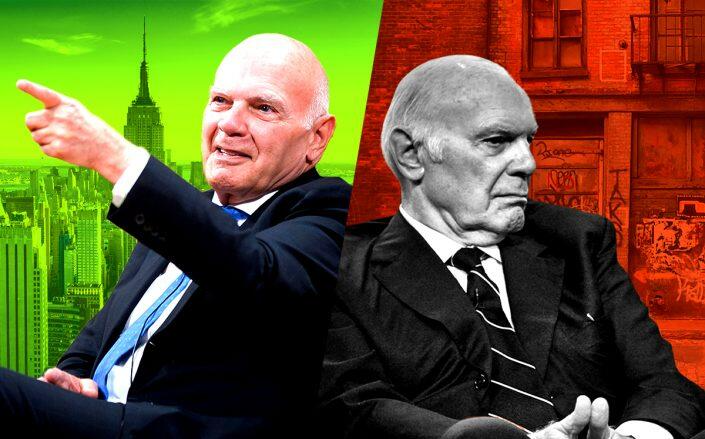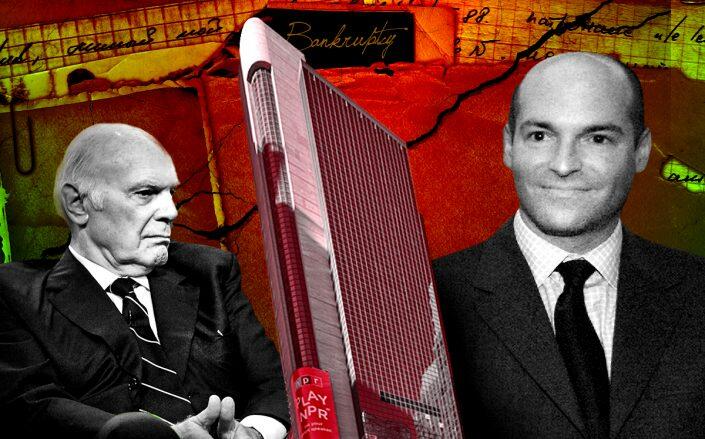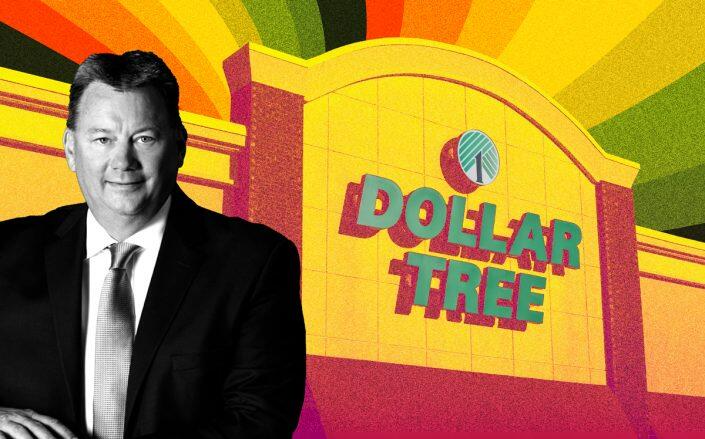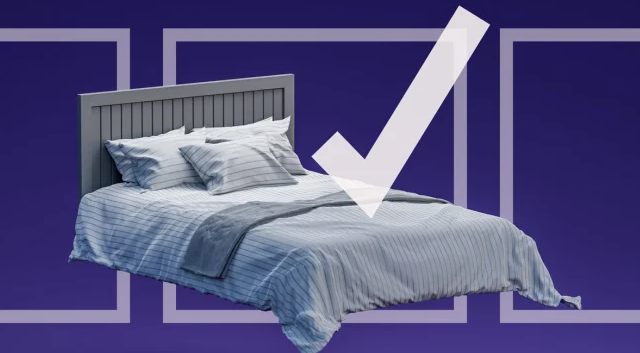
Can’t Sleep? Here’s What Might Help, According to Consumer Reports' Latest Sleep Survey
Sleep seems so simple—heck, you can do it with your eyes closed! But clearly, it takes effort. In October 2022, a nationally representative Consumer Reports survey (PDF) asked more than 2,000 U.S. adults about how they slept in the previous 12 months and what they bought or did to improve their slu
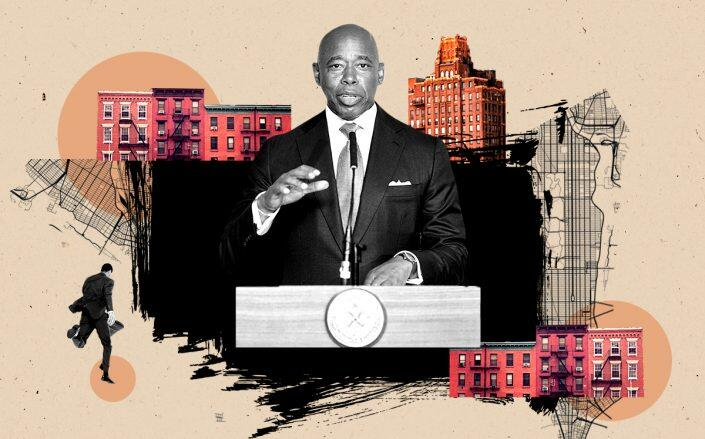
Adams seeks to juice housing with Midtown rezoning
Mayor Eric Adams wants to rezone Midtown to help meet his goal of adding half a million homes citywide. In his second State of the City address, the mayor laid out policy priorities in what he called the “Working People’s Agenda,” focused on jobs, safety, housing and care. He announced that in the c
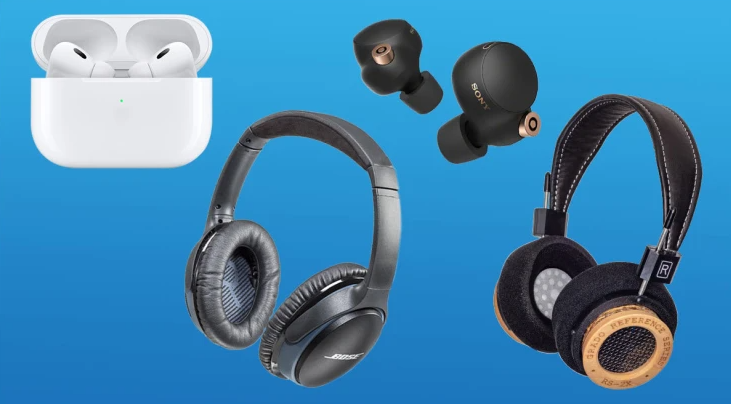
Best Headphones of 2023
There’s no one set of headphones that’s right for everyone. A wired over-ear set may be best suited for home listening, while a true wireless model—with no cord connecting the earbuds—is convenient if you want to slide them into a pocket when you head out for a walk, or to the gym. Of course, sound
Categories
Recent Posts




